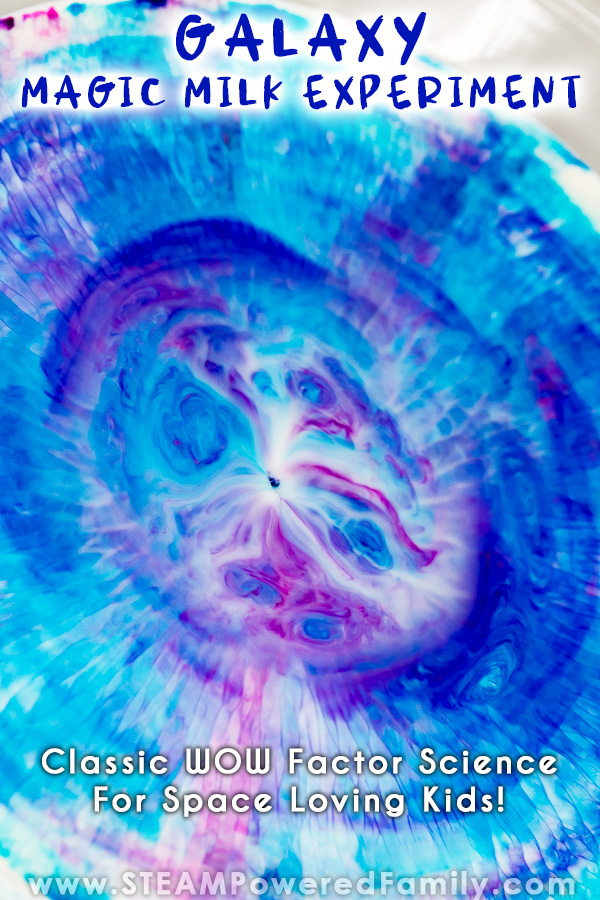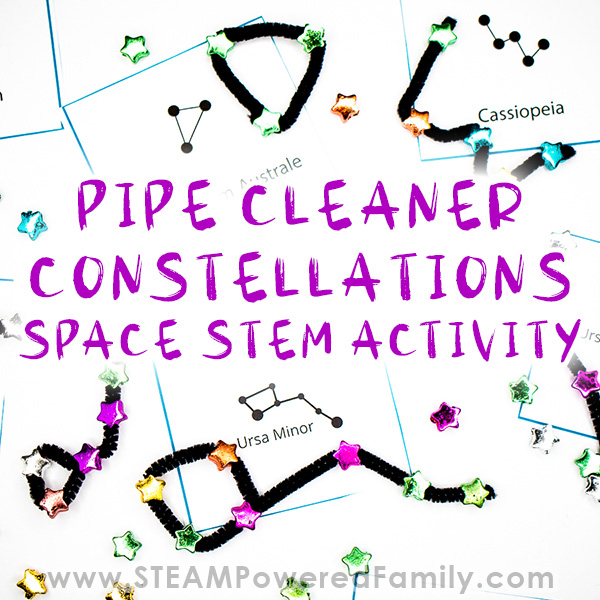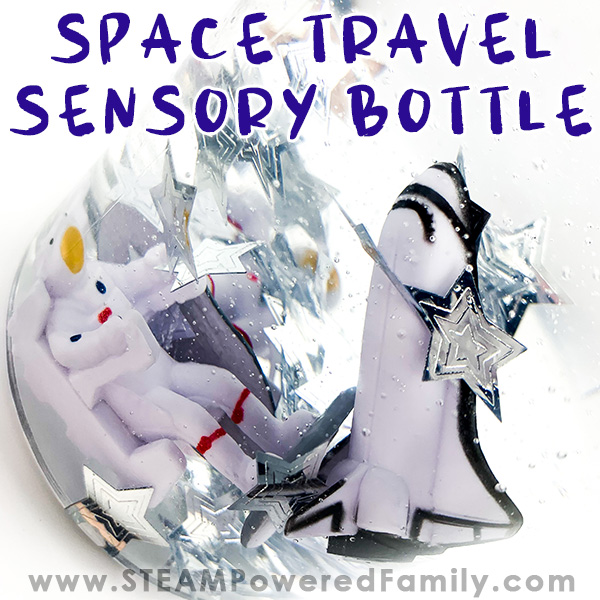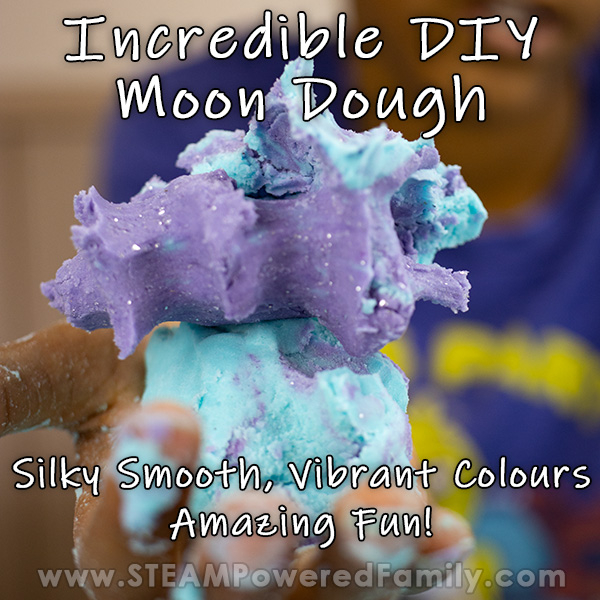Galaxy Magic Milk Experiment
Today we decided to travel through the stars, explore nebula and see the galaxy… all in our kitchen. This simple science experiment needs only three simple ingredients and has incredible WOW factor. Kids will love doing this simple science experiment over and over again. Galaxy Magic Milk is a must do experiment for all space lovers!
Galaxy Magic Milk Science Experiment
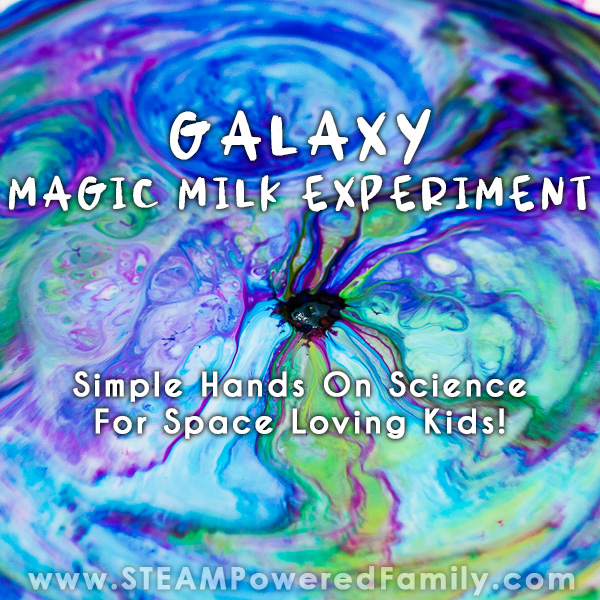
Disclaimer: This article may contain commission or affiliate links. As an Amazon Influencer I earn from qualifying purchases.
Not seeing our videos? Turn off any adblockers to ensure our video feed can be seen. Or visit our YouTube channel to see if the video has been uploaded there. We are slowly uploading our archives. Thanks!
Last year we did an incredible science fair project exploring the Magic Milk Experiment. In that study, the focus of our research was on the fat content of the milk and how milk fat affected the reaction and movement of colour.
This time we wanted to take what we had learned and simply create a beautiful Galaxy and space inspired science experiment. We are HUGE lovers of all things space in this family. So putting a space twist on one of our favourite classic experiments is always a hit.
The results were once again stunning, gorgeous and WOW worthy! This is one science experiment the kids never find boring.
Best of all it takes only moments to set up and is such an easy science experiment. The perfect simple science to do at home.
Check out our video!
Galaxy Magic Milk Supplies
Shallow dish (we used a pie plate)
Small dish (just big enough to hold some dish soap)
Q-Tip cotton swab
Milk (try a variety of different fat content milks and creams to see how it affects your reactions)
Dish Soap (we used Dawn)
Food Colouring (ensure it is liquid food colouring, we used a variety of blues and purples and a bit of yellow, gel food coloring will not work)
Magic Milk Directions
Start buy setting up somewhere so all the kids can easily see what is happening. You may want to project the surface of your table. Sometimes the food colouring can get a bit messy.
Fill your dish with milk until is it about 1 – 2 cm deep.
Add some dish soap to your small dish and set it to the side.
Next add drops of food colouring around the plate. We used a variety of blues, a purple and a drop of yellow (to make stars and make it more like pictures of nebulas we have seen). We find it best to do this in random circle like patterns around the centre point.
Now it’s time for the big reaction!
Dip the Q-Tip into the dish soap. Then place it into the centre of the dish and watch the reaction! You can remove the Q-Tip after a couple of seconds so you can enjoy the explosions of colours.
As the reaction continues you can add more dish soap or more food colouring.
We also tried adding glitter as stars at one point, but we forgot about the glitter experiment we had done previously, and instead of bubbling throughout the mixture, the glitter was all pushed to the edges. To learn why this happened with glitter, visit our Magic Glitter Experiment.
Which Kinds of Milk are Perfect for Magic Milk?
As we learned with our previous Magic Milk study, the answer to this question depends on the reaction you want to see. At first we tried this experiment with 2% milk, but the reaction was very rapid and didn’t last as long. So the second time we added a bit of cream. We didn’t want to only use cream because we knew that would result in fractals and we wouldn’t get the spread of colour we were looking for to create our Galaxy inspired look. Adding just a bit of cream was perfect and gave us some really cool colour spreads. Whole milk gave a similar result.
Ready to learn more about the science behind Magic Milk and how the fat content of milk affects the results? Let’s dig in!
The Science Behind a Milk and Dish Soap Reaction
With our Magic Milk Science Fair Project we were able to study the effect fat content had on the movement of colour when a drop of dish soap is added. Keep in mind that milk is made up of minerals, proteins and fats. Proteins and fats are susceptible to changes, as we see in this reaction.
Surface Tension
Liquids have something called surface tension. Water, milk, and cream are made up of molecules that have positive and negative charges on their surface. Just like magnets these charges allow them to attract and repel other molecules. When milk or cream is by itself, it’s molecules are surrounded by the same type of molecules, creating a nicely balanced push and pull. The exception is the top which is exposed to air which pushes down on the liquid, creating surface tension on the top of the liquid. This surface tension of the milk affects our explosion of color.
Surfactant
There is a substance that affects a liquid’s surface tension, it’s called a surfactant. Dish soap is mostly comprised of surfactants. It has a hydrophilic part that is attracted to the water and a hydrophobic part that wants to interact with the fat molecules and repels water.
The pushing and pulling of the fat and water molecules in the milk separates them, resulting in a decrease of the surface tension.
Impact of Ratios
We see a big difference between our various fat content milks due to the different ratios of fat to water in the liquids. The higher fat content milk is much thicker. We can see this before adding the dish soap if we just look at the food colouring drops. The food colouring spreads significantly in 2%, spreads a little in 18% and doesn’t move at all in 33%.
This means, in our 33% cream, there is less water for the hydrophilic part to attract, and way too much fat for the hydrophobic part to ineract with. The surfactant (dish soap), has very limited effect on the surface tension, which remains quite a viscous, stable liquid. This leads to the fractal style, very limited spread of colour we see in the high fat milk.
In the 2% milk we have lots of water and some fat, allowing the surface tension to be affected easily. This results in a dramatic dance of color but it doesn’t last as long.
Galaxy Magic Milk
Once again this experiment was a massive hit and the kids loved creating a gorgeous galaxy inspired look with our colours. As space loving kids, this activity is something they can do over and over again. It’s a gorgeous way to incorporate some science into their dreams of space travel and becoming astronauts and astrophysicists!
